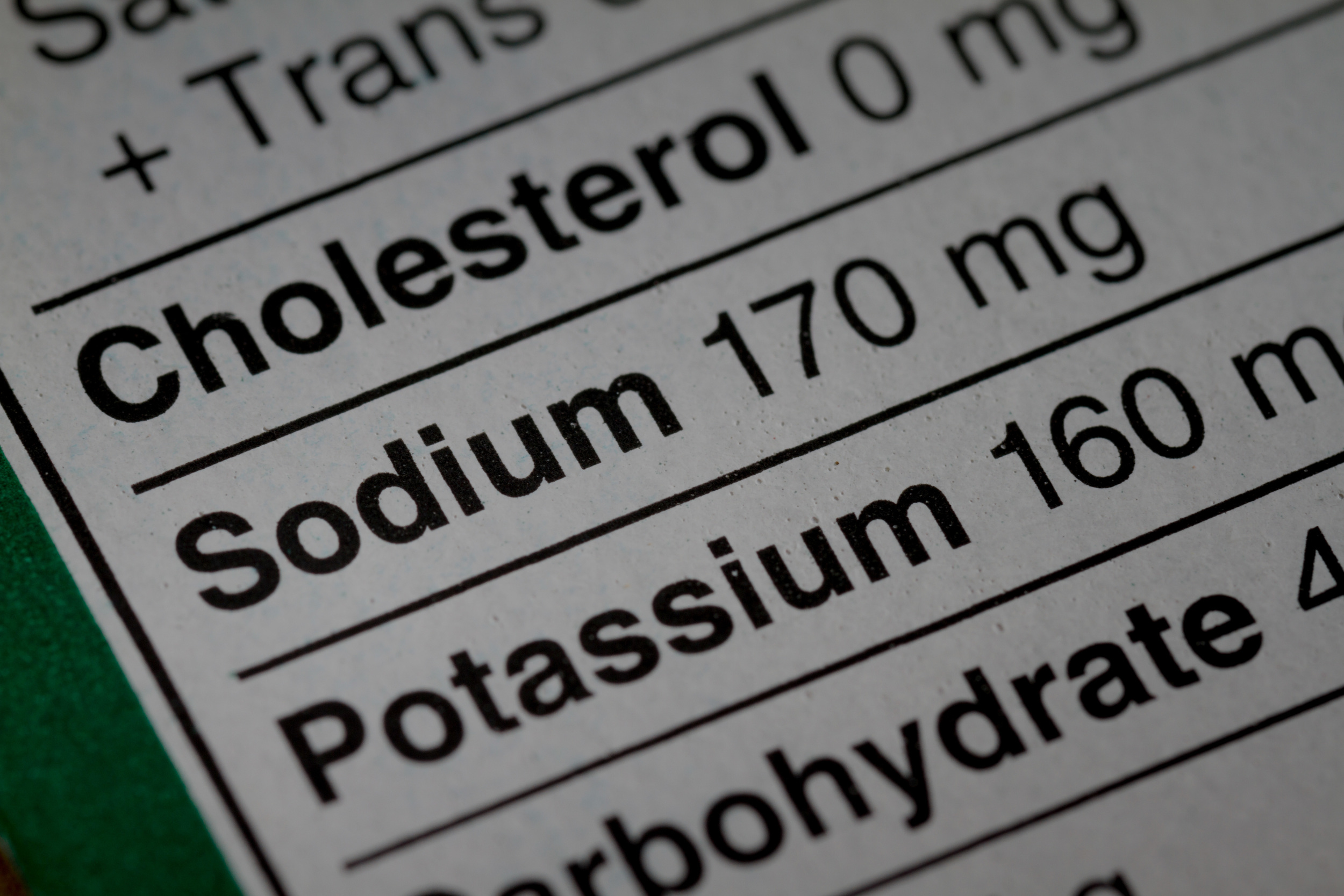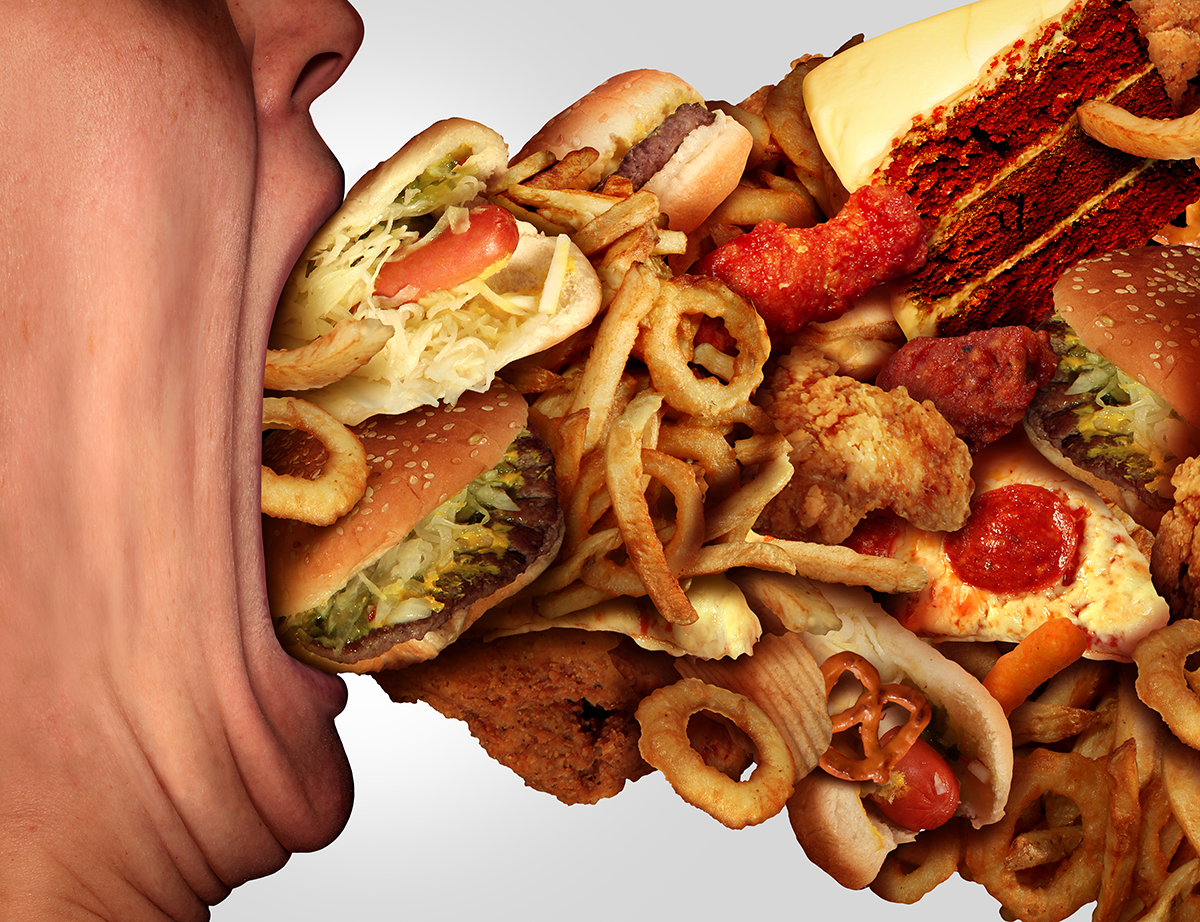Starting in May 2018, nutritional info like calorie counts will be federally mandated for any restaurant with more than 20 locations. And while this only will affect the bigger restaurant chains out there, there’s still a growing number consumers who thirst for that info to help make dining decisions.
In fact, 70% of diners say they are more likely to choose a restaurant that offers healthy menu options. Another study showed that 50% of Seattle diners used calorie information to inform their menu selection. So even if the feds aren’t forcing you to provide health menu options or even basic calorie information, it’s something independent restaurant operators should seriously consider.
Of course, what is “healthy?”
Ask this question and you’re going to get a hundred different answers. For Baby Boomers, healthy food is all about counting calories. For Millennials, it’s more about food being “fresh, less processed and with fewer artificial ingredients,” according to a Morgan Stanley report. But it’s not always as simple as splitting it down by age group.
For some, a healthy menu may be gluten-free. For others, it would be low-carb options and/or high-protein. Organic foods and foods without preservatives is also considered to be healthy by some. Small portions (“portion control”) is healthy for others. Some guests might just be happy knowing what their meal’s calorie total is while others would want a carb/protein/fat macro breakdown. In short: there’s a ton of wiggle room.
That “blessing” is also the problem. Health food is so vague that you can go anywhere with it. Your best bet is to poll what a “healthy menu” means to your guests and go from there. Whatever you decide, be sure to be pretty upfront about what your health menu items include and don’t include.
Where to start?
Like with all big projects, start small. We suggest looking at your current menu and trying to figure out what the calorie information and macro breakdown is for each item.
What’s considered a healthy calorie/macro is way too individualized to give strong guidelines, but if you a dish that’s getting near 100g of carbs or 60g of fat, then it’s going to raise some eyebrows for sure. But listing that info on your menu will help your guests make informed purchasing decisions.
We also recommend closely tracking how this information changes sales patterns. Does calorie/macro info boost the sales of some dishes and lower others? What’s the margin on those items, etc.? A little restaurant sales & data analytics can go a long way. Depending on your results, you can pick and choose what items to give that info about.
How to get your restaurant’s calorie/macro info.
You have a few options.
Bring in a pro. The most effective and detailed analysis would be to hire and work alongside a certified/licensed nutritionist or dietitian in your area. They would also be able to give you a health analysis of your menu and suggest tweaks to make things healthier, if that’s the route you’d want to go.
That may be out of the typical indie restaurant’s budget but there are other options:
MenuCalc. This is an online nutritional analysis software that allows for easy and detailed nutritional info. You get calorie information as well as macro breakdown (carbs/fats/protein), and vitamin & mineral amounts. It comes with a monthly fee that varies depending on how many recipes you want to track.
MyFitnessPal. This is a mobile app by UnderArmor that is typically used by individuals for tracking their daily caloric and macro needs to help control or lose weight. One of its features is the ability to manually input recipes and it calculates the nutritional info, including calorie total and macro breakdown.
Creating new dishes.
If you’re menu isn’t looking super healthy, you can either tweak those dishes or come up with something new. Again, we suggest starting small with this. Design three or four dishes that fit your (and your guests’) definition of healthy. Market your restaurant’s health menu to guests.
Some general guidelines:
- FATS. Keep the saturated fats low. Unsaturated fats are super healthy. Stay clear of trans-saturated fats.
- CARBS. Keep the sugar levels low. Opt for higher fiber, starchy and whole grain sources of carbohydrates.
- PROTEIN. Keep protein high and opt for more lean meats and fishes.
And, for the love of the gods, please be more original than a garden salad.













